I have a 2d hexagon density plot with many points. I would like the counts within the hexagons to be displayed on a logarithmic scale, but I can't figure out how to do this through ggplot2.
Here is a simple example:
x <- runif(1000, 50, 100)
y <- rnorm(1000, mean = 10, sd = 8)
df <- as.data.frame(cbind(x, y))
ggplot(df, aes(x, y)) + stat_binhex()


